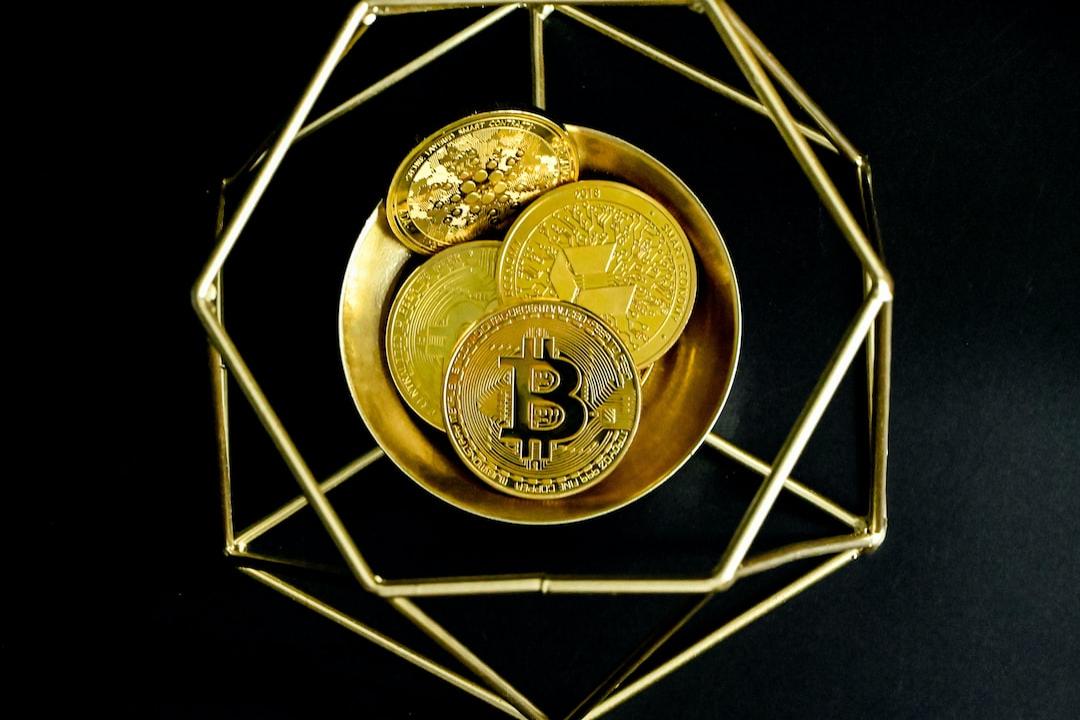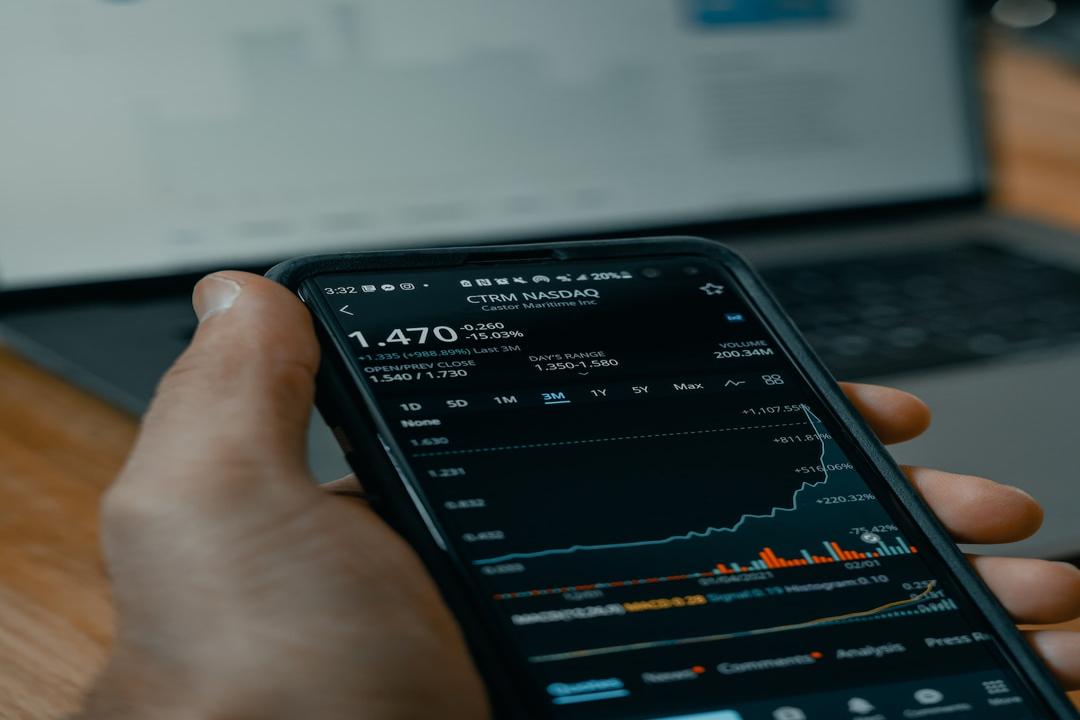Last week, the price of Bitcoin was still affected by the inflow and outflow of ETF funds. Bitcoin initially fell from $68,000 to $65,000 when it was discovered that the U.S. government transferred 2,000 BTC from the seized dark web marketplace “Silk Road” wallet to Coinbase exchange. This was seen as a sign that the U.S. government might sell off Bitcoin. However, Bitcoin later rose back to $68,000, returning to its previous price level. Within seven days, the price of Bitcoin fluctuated by more than 10%, increasing the difficulty of contract trading.
The second wave of the rise is still driven by the net inflow of Bitcoin ETF funds. In recent days, there has been an increasing volatility in the inflow of ETF funds. The reason is also that GBTC has been sold off, and the growth of other Bitcoin ETFs may not offset the outflow caused by GBTC. The scale of Bitcoin ETF growth no longer overwhelms the outflow of GBTC. Currently, the outflow of GBTC funds is still occurring but with a slowing trend. We expect the selling pressure of GBTC to decrease, and we predict that it will no longer be the main cause of Bitcoin’s decline in the third quarter of this year.
GBTC is already an outdated topic, and in recent days, the market has been discussing more about the Fed’s interest rate policy. Currently, this factor does not have much impact on the price of Bitcoin. The reason is simple: both Bitcoin and gold are currently showing strong trends, supported by strong hedging demand from China. Many hedge funds in China prefer non-dollar assets and allocate funds to gold or Bitcoin, which are scarce assets, significantly driving up commodity prices. For example, the price of gold is also continuously rising, following a similar trend to Bitcoin.
However, gold and Bitcoin are not the same trading commodities. Bitcoin is referred to as “digital gold,” but this is just a metaphor. From the perspective of Chinese investors, it is easier to understand the trend of this market. First, both Bitcoin and gold are popular among Chinese investors because they are not dollar assets. Gold has long been considered a valuable tradable precious metal asset and an important store of value for many countries.
We do not believe that gold is more scarce than Bitcoin. Gold can be continuously discovered in new mines, but Bitcoin has a maximum limit of only 21 million. Its greatest appeal is as a non-dollar asset for value preservation. In this context, the outflow of funds from China’s stock market is actively buying Bitcoin and gold. Even though last week’s overall economic data in the United States indicated that “rate cuts will be postponed,” the prices of Bitcoin and gold remained firm. Bitcoin demonstrated strong resilience in its rebound, while gold surpassed its previous high. Now, let’s talk about the U.S. interest rate policy.
Sources: MICA RESEARCH
A. April 3: Bitcoin ETF Funds Flow Out Again
Although we previously mentioned that the buying momentum of Bitcoin ETFs is still strong, this time we saw the Bitcoin ETF funds flowing out again. According to HODL Capital data, the outflow amount from Grayscale was approximately $310 million, and there was also a slight outflow from Ark 21Shares.
This trend contradicts the previous five-day trend of Bitcoin ETF funds flowing in, totaling $830 million. The growth rate of other Bitcoin ETFs cannot compensate for the speed of GBTC fund outflows, which is too fast, and there are currently no signs of slowing down.
Bitcoin ETF monitoring websites show that in the past few days, BlackRock and Fidelity have had a total inflow of approximately $200 million. However, this was unable to counter the selling pressure from GBTC. Although the short-term market may be more difficult, it also provides an opportunity for market consolidation and allows long-term investors to buy Bitcoin at lower costs.
B. April 4: Powell: Inflation Trend Unchanged, Rate Cuts Expected but Timing Uncertain
Fed Chairman Powell discussed their recent views on interest rate policy in a written speech. He stated that according to the current macroeconomic data, the inflation trend has not changed, and there is still a chance of rate cuts this year. However, the timing will depend on future macroeconomic data. They are not satisfied with the current rate of inflation decline and believe that rate cuts are not appropriate until they see confidence in the inflation rate returning to a 2% annual increase.
He also mentioned that although the U.S. economic data this year has been better than expected multiple times, it has not changed the downward trend in inflation. The Fed still has confidence in achieving a soft landing in the economy. Therefore, economic growth will not be the sole factor for the Fed to change its rate cut expectations. Labor market conditions, price indices, and other economic data will also be considerations for the Fed’s decision on rate cuts. However, Powell reiterated that rate cuts will still be appropriate at some point this year.
The non-farm payroll data for April 5 will be released, and the performance of the job market will be the basis for the market’s judgment of the Fed’s interest rate policy. However, we do not believe that the interest rate policy will cause significant fluctuations in the cryptocurrency market. The reason is that interest rates have already peaked, and rate cuts are only a matter of timing. Interest rate policy does not have a significant impact on long-term investments. The actual demand for Bitcoin ETFs will be a more critical factor.
C. April 5: Bitcoin ETF Funds Flow Back, Price Returns to $68,000
Currently, the price of Bitcoin in the market is determined almost entirely by the flow of ETF funds. After the outflow of GBTC funds caused Bitcoin to fall to $65,000, ETF funds flowed back into the market yesterday, pushing the price of Bitcoin to climb back to $68,000. At the same time, the outflow speed of GBTC funds has significantly slowed down.
According to Farside statistics, as of yesterday, the net inflow of Bitcoin ETF funds reached $113 million. Fidelity ETF was the main contributor with an inflow of $116 million, while the inflow amount of GBTC slowed down to $75 million, successfully offsetting the selling pressure.
Last month, the Coinbase analysis team proposed that Genesis bankruptcy liquidation was approved by the court, allowing the sale of $2 billion worth of shares. However, we believe that it is more likely that the outflow of funds from GBTC is flowing back into other low-cost ETFs, as this would explain the rapid rebound in price.
Rate cuts are a matter of time; the market adjusts expectations
Last week, the U.S. government announced two important macroeconomic indicators, both of which indicated a strong U.S. economy compared to previous expectations. Both the unemployment rate and non-farm payroll numbers reached very strong levels. The addition of non-farm payroll jobs was 300,000, far exceeding the expected 210,000, and the unemployment rate dropped to 3.8%, approaching a historic low. This shows that the U.S. economy remains very strong, even with interest rates maintained at a high level of 5.00% to 5.25% by the Fed. The U.S. economy has maintained its resilience.
Furthermore, the U.S. manufacturing ISM index has also rebounded from its low point, showing positive growth for the first time this year. This indicates that the U.S. manufacturing industry is moderately recovering after 16 consecutive months of contraction. Manufacturing executives have a positive outlook on the prospects of orders, which also demonstrates the good momentum of the U.S. manufacturing industry and job market. Most industries have not been significantly affected by high interest rates.
These economic data indicate that there is currently no need for rate cuts in the United States. Although Powell stated in his speech last week that “a suitable time for rate cuts will come this year” and Fed officials believe there will be three rate cuts this year, the market has revised its overly optimistic expectation of six cuts to three cuts, aligning with the views of Fed officials. However, with the release of economic data, Fed officials have poured cold water on rate cuts. Neel Kashkari, President of the Minneapolis Fed, stated last Thursday that rate cuts may not happen this year.
It is worth noting that this official does not have voting rights, but his remarks may influence other Fed officials and lead to a significant decline in the stock market last Thursday. It also caused U.S. bond yields to rise to higher levels. The market’s overall expectations for interest rate policy are gradually being adjusted. However, both the stock market and cryptocurrency prices did not experience significant declines because market participants believe it is only a matter of time, at most a few quarters, before rate cuts. This will not have a significant impact on asset values.
However, investors are more concerned about the recent rise in international oil prices due to escalating conflicts in the Middle East, which could potentially reignite non-core inflation. If the expectation of rate cuts is further delayed, institutions will inevitably reevaluate asset prices, leading to selling pressure. Rather than focusing on price indices, many analytical reports are shifting their focus to oil prices. If energy prices, which have been in a bear market for over a year, resume an upward trend, it will have a very unfavorable negative impact on inflation. However, it will not have a significant short-term impact on the cryptocurrency market. The growth momentum of the cryptocurrency market is driven by demand from China and other emerging countries.
Last Week Review【MICA RESEARCH】
Bitcoin Returns to $70,000; Spot ETFs Still Popular Among Investors
Disclaimer: This article only provides market information. All content and opinions are for reference only and do not constitute investment advice. They do not represent the views and positions of MICA and BlockTempo. Investors should make their own decisions and trades, and the author and BlockTempo will not be responsible for any direct or indirect losses resulting from investors’ trades.
The content of MICA Research has also been published on Substack. To not miss out on firsthand information, please click here to subscribe. Weekly reports and daily market discoveries will be sent to you via email.
Disclaimer: This article only provides market information. All content and opinions are for reference only and do not constitute investment advice. They do not represent the views and positions of BlockTempo. Investors should make their own decisions and trades, and the author and BlockTempo will not be responsible for any direct or indirect losses resulting from investors’ trades.
Tags:
MICA
Analysis
Cryptocurrency
Investment
Bitcoin
Market Situation




